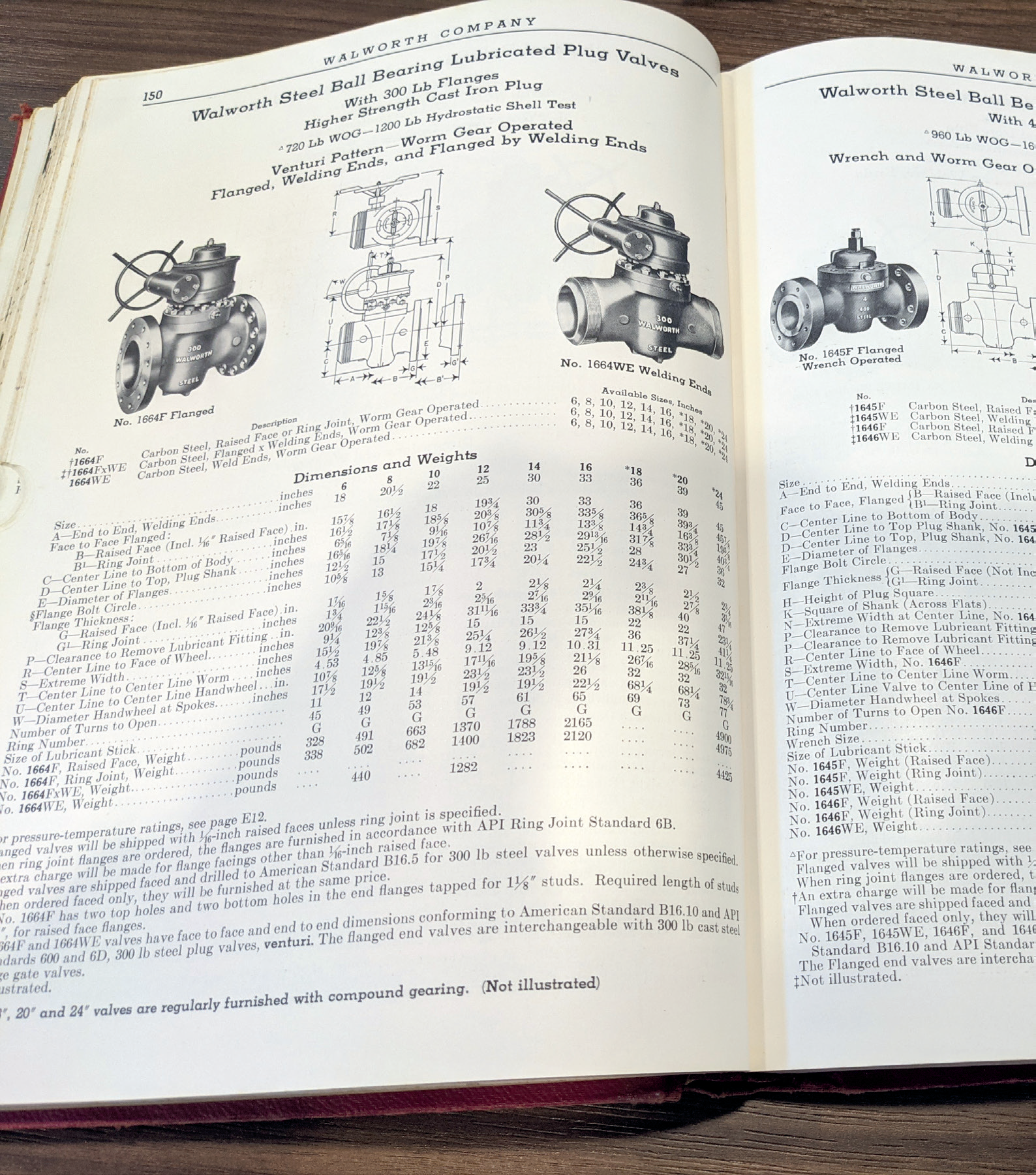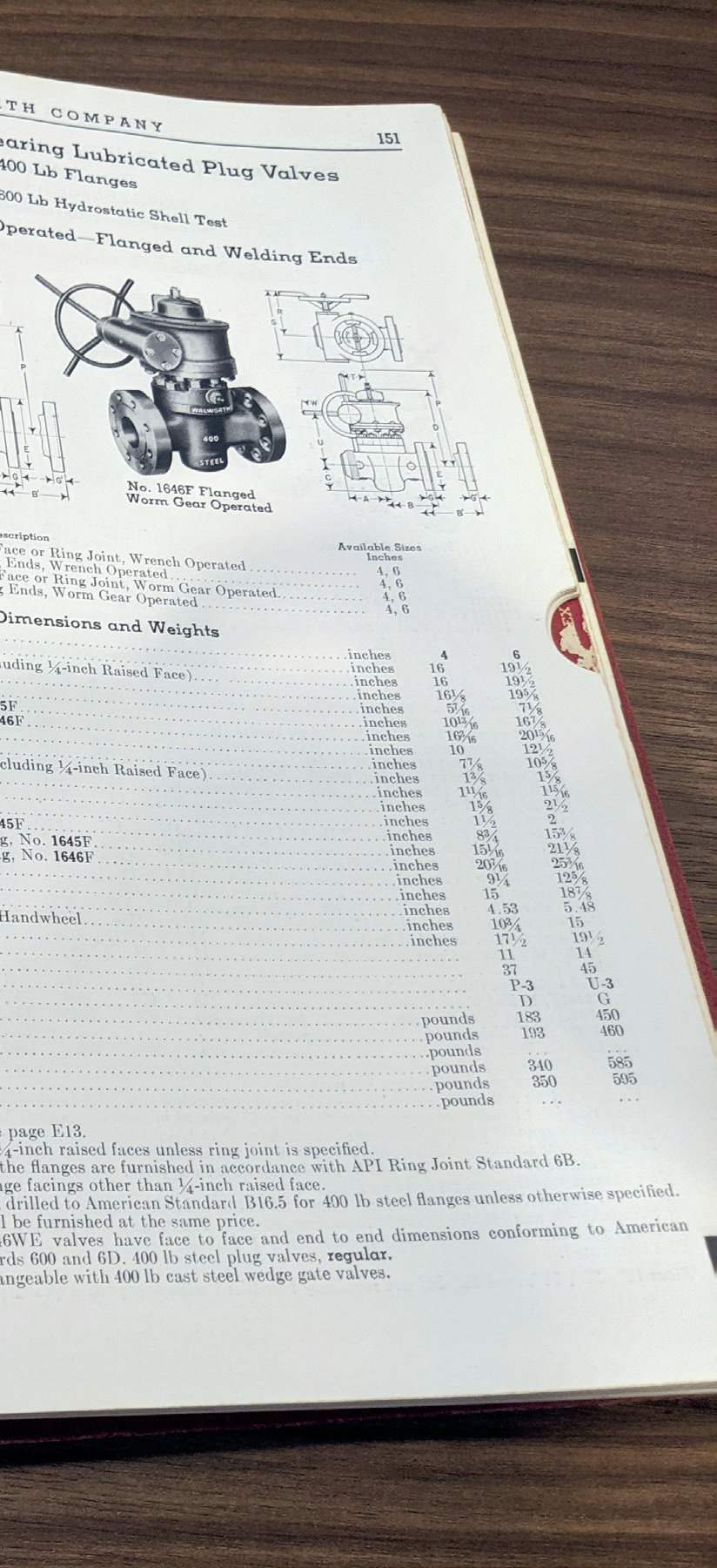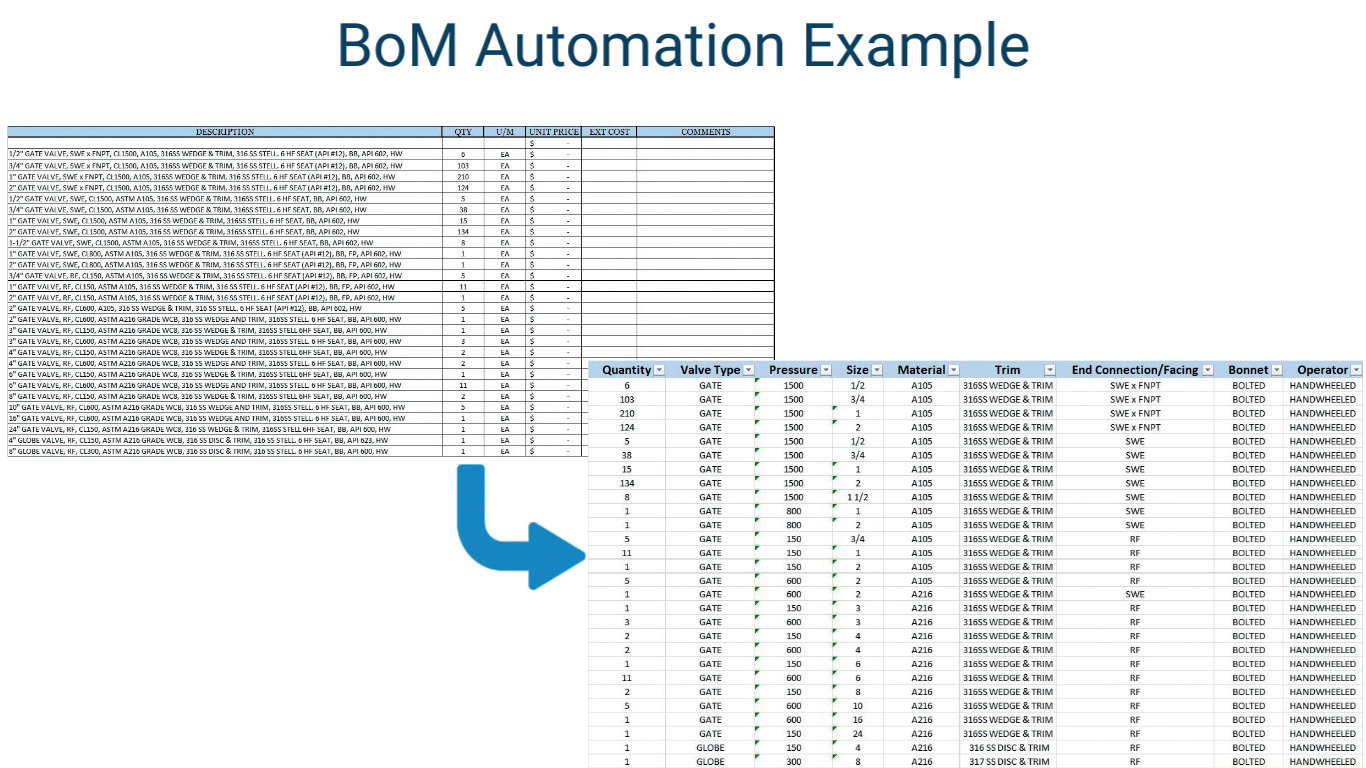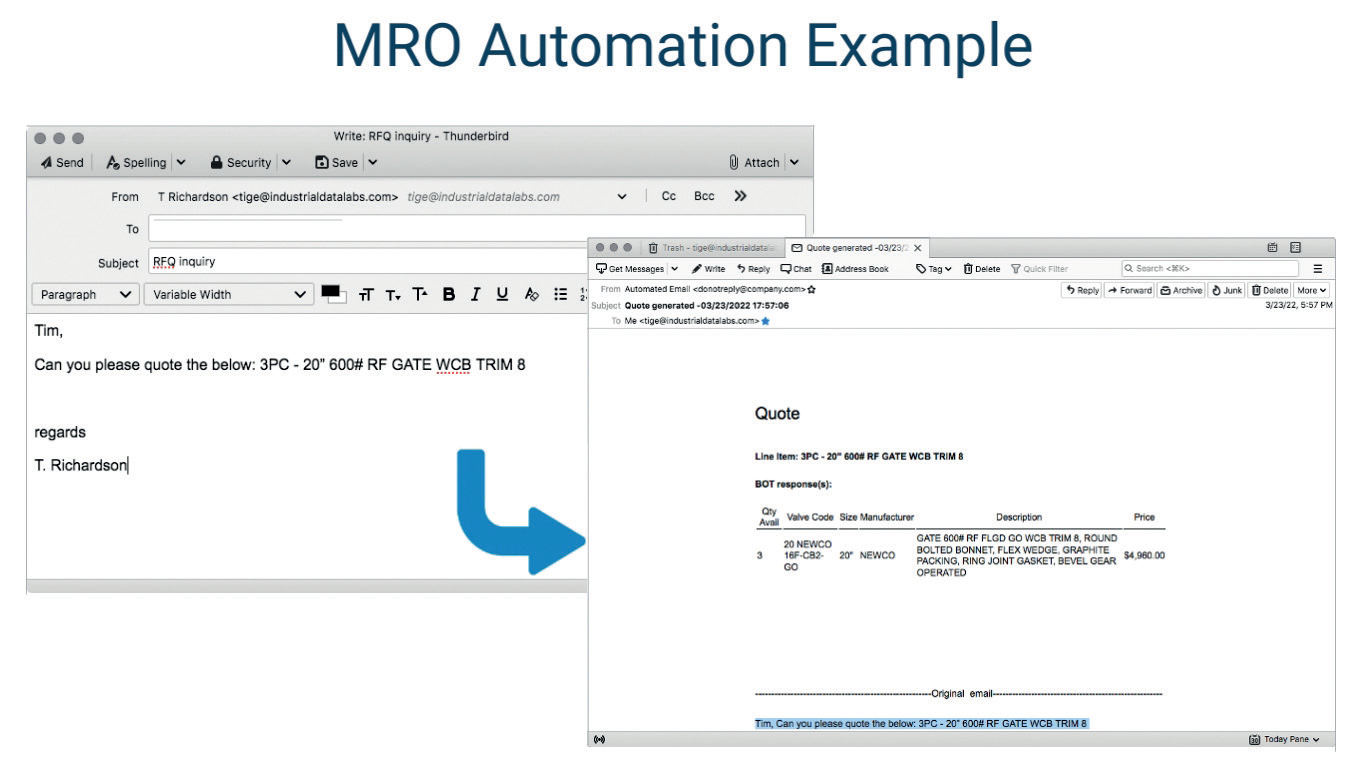While efficiency is key in any industry, having fast and effective solutions is integral to a successful operation in the oil & gas sector. When end users experience long wait times for applications, such as valves, it can not only negatively impact ongoing projects but is also often a source of ongoing frustration for all the parties involved. Shortening delays in communication and improving the sourcing process has been an ongoing challenge that many companies have spent time and capital on.
Valve World Americas had the pleasure of speaking with Marty Dytrych, President of Industrial Data Labs, to discuss the challenges faced in the procurement process, and how new innovative technologies could provide a viable solution.
By KCI Editorial
Over the last 25 years, several companies have tried to find a way to improve the industrial sourcing process. Specifically, they have attempted to streamline the communication between the end user and the distributor or manufacturer.
“Back in the early 2000s, various companies set out to build a consortium of end users to try to establish a platform that would connect all of their supplier bases,” explained Dytrych. “Using this tool, the procurement teams could theoretically select the different pieces of equipment for whatever project they were working on with ease.” This endeavor evolved into a start-up company that was trying to build the ‘Amazon for oil & gas’. While the project began well, the company ultimately failed.
Finding failure to be unacceptable, Dytrych, Tige Richardson, and Aaron de Oliveira, decided to discover a way to solve the problem.

Finding a Starting Market
“We wanted to find a solution that lives within existing workflows, rather than another platform to learn,” said Dytrych. “The more research, cold calls, and ideas that we threw into the marketplace, the more we realized that the valve industry was the right place to try and understand how to do so.” As valves are essential applications across numerous industries it made sense for Dytrych to start there. “Valves are crucial in upstream, midstream, and downstream applications, so there was a large basis to start with. We began working to try and better understand how people source valves, and after five years, developed a new technology.”
A New Process
To expedite and simplify the valve sourcing process, a product was created that embeds artificial intelligence into existing workflows. “We have built natural language processing and machine learning models that understand what a valve, a flange, and a fitting are. The AI works by living inside workflows and ingesting and translating the specifications of the requested application. Then, the models do work to identify the best valve for the requested specification per the customer’s requirements,” explained Dytrych.
“If, for example, a distributor sends an email or spreadsheet to a manufacturer, our technology ingests the email or spreadsheet and then provides a list of valves based on the descriptions of the product they are requesting.”
This new technology will live inside of email systems, spreadsheets, ERPs, CRMs, or any other system the industry does work in. By connecting to the real-time inventory data sets, the AI can respond to any request for quote in a format similar to an inside sales rep. Using applied machine learning models, the AI will not only understand what people are writing about valves and what a description entails, it will also be able to connect that process to inventory datasets to select the right valve. “It can take some time for a manufacturer to properly fill out the required project bill of materials spreadsheet or respond to end users with a quote, as they need to find the data, and compare it with their own respective data. This new technology can process all the information in minutes, greatly shortening the wait time for a response,” added Dytrych.

Benefits of Changing the Process
Launching next year, Dytrych’s technology will be able to capture the natural language descriptions, figure numbers, and manufacturing details from a bill of materials list and price out products automatically. In anticipation of this launch, Dytrych has acknowledged that there are several benefits of this technology, in addition to streamlining sourcing processes.
“There are three main areas in which the AI system will provide value,” he stated. “Time savings is the key benefit. A lot of inside sales teams spend time on data entry, organization, and discovery. Our technology can help automate that process. They can take a three-hour quote process and turn it into three seconds,” explained Dytrych. The next area involves data insights.
“The system will be able to capture and analyze data that have never been available, prior to our technology. Finally, to aid with response time on the vast number of quotes that originate from the MRO and project side, the system will help each distributor and manufacturer efficiently manage the response to every quote, making the communication process as fast as possible. This will ultimately lead to higher levels of customer satisfaction.”
There is potential that the use of such technology will also assist with predicting inventory and materials required, reducing wasted resources, or lack of preparation. With these three key advances in place in his technology, Dytrych is optimistic about its future.


Final Thoughts
Dytrych is excited for the launch of Industrial Data Labs’ technology during the first quarter of next year. “There is a really high demand out there for this sort of technology,” said Dytrych. Working alongside several industry partners, models are being improved and advanced. Dytrych envisions being able to scale it throughout the entire industry and quickly take effect in making a difference with wait times between different sections of the industry, and therefore ultimately improving the sector.


